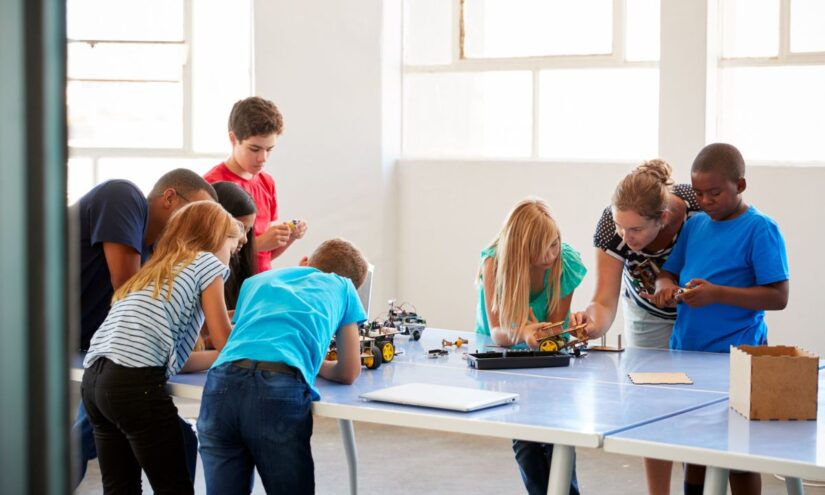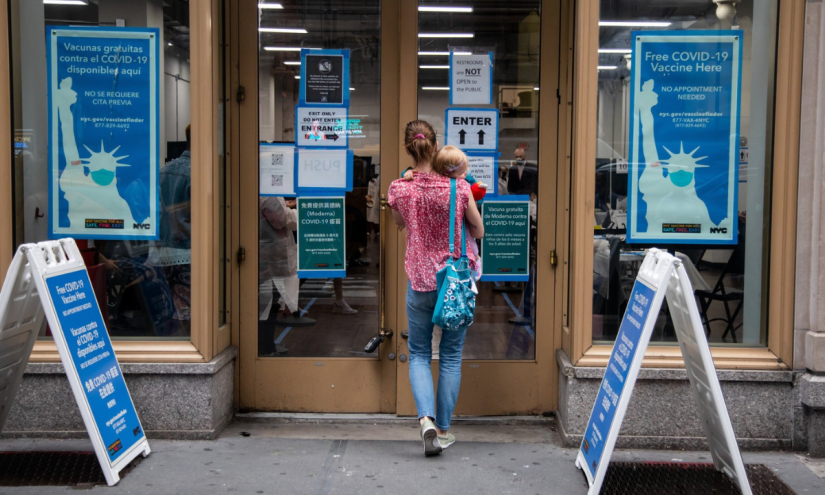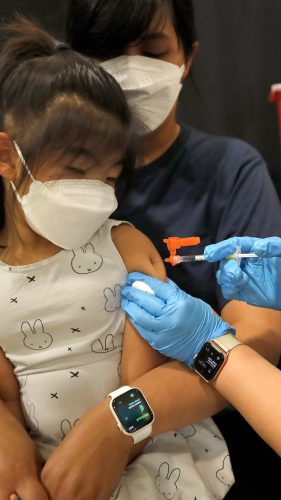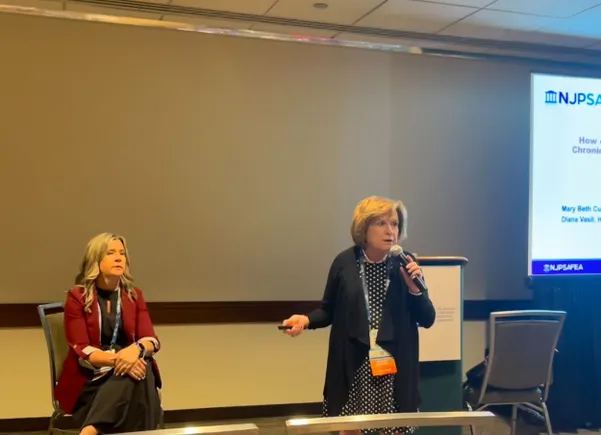Get stories like this delivered straight to your inbox. Sign up for The 74 Newsletter
More Ohio students are being homeschooled now than during the COVID-19 pandemic.
The number of Ohio students being homeschooled was trending upward pre-pandemic, spiked to about 51,500 students during the COVID-19 pandemic and dipped back down slightly.
But homeschooling recently saw another surge with about 53,000 homeschooled students during the 2023-24 school year, according to data from the Ohio Department of Education and Workforce.
The number of homeschooled students in Ohio, according to the Ohio Department of Education and Workforce:
- 2023-24: 53,051 students
- 2022-23: 47,468 students
- 2021-22: 47,491 students
- 2020-21: 51,502 students
- 2019-20: 33,328 students
- 2018-19: 32,887 students
- 2017-18: 30,923 students
There were about 3.1 million homeschooled students nationwide in 2021-22 — quite the jump from 2.5 million in spring 2019, according to the National Home Education Research Institute.
“Homeschooling was already on a slightly slower upward trajectory, and had been for a number of years,” said Douglas J. Pietersma, research associate at National Home Education Research Institute. “What COVID did, from our perspective, is just infused it.”
He expects the number of homeschooled students to keep growing.
“It’s not going to put public schools out of business or anything like that, but it’s going to be a slow growth that is certainly going to be measurable over time,” Pietersma said.
Remote learning during the pandemic made parents become more aware of what was being taught in schools, said Melanie Elsey, Christian Home Educators of Ohio’s legislative liaison.
“I don’t think that it was a mass exodus from the public or private schools into homeschooling, but for parents who felt like they could accomplish more with one-on-one attention to learning … You can tailor the education to meet the needs of their children,” she said.
Not everyone who switched to homeschooling stayed after the pandemic, Elsey said.
“Some of them put their children back in because it was too much of a commitment,” she said. “So I think it was sort of a time period that parents felt comfortable trying something different to see if they could help their children learn more.”
The modern home education movement sprung out of the 1970s and “skyrocketed” in the 1980s, Pietersma said.
“People were either upset with the quality of education in general,” he said. “Then another group of people, it was more about the content of education.”
Today there are many reasons why a family might opt for homeschooling.
“Obviously, the quality of education is still one of the big issues,” Pietersma said. “Safety issues are a huge thing. People who have had their children in schools where they’ve been bullied or assaulted or had exposure to drugs … given the size of school, it may be not impossible to prevent some of those things.”
The reason for homeschooling varies and it is not always because a family is not satisfied with their local school district, Elsey said.
She homeschooled her children, but did not originally think it was for her family. However, she changed her mind after she enjoyed being home with her children through their preschool years.
“We prayed about it and really felt like it was something that was worthwhile,” Elsey said.
Jeannine Ramer has homeschooled her four children — two are now in college and two (ages 17 and 13) are currently being homeschooled.
“Homeschooling has really strengthened our family relationships, my kids are very, very close and supportive of one another, and I think that’s all of the hours spent at home and just really learning together,” said Ramer, who lives in Alliance.
They were not initially planning on homeschooling their children, but Ramer’s sister-in-law homeschooled her children and encouraged them to think about it as their oldest approached preschool age.
They decided to try it for a year or two, but found it worked well for their family.
“We loved it,” Ramer said. “We’ve had the ability to tailor each child’s education to that child.”
A parent does not need to be a licensed teacher in order to homeschool their children, Elsey said.
“It’s amazing how well families do because they have access to resources, really, all over the world, when you can get curriculum from anywhere that meets the needs of your students to learn to pursue their interests,” she said.
Families who decide to homeschool their children enjoy the flexibility, Pietersma said.
“They can tailor the education that they’re providing to their child in so many ways that an institutional school can’t just because of sheer numbers,” he said. “One teacher in a classroom with 30 students can’t take the lesson plan and tailor it to each of the 30 students.”
Ramer’s oldest child was interested in printing and design work as a teenager, so they were able to craft his high school education to those areas. Now he is studying industrial and innovative design in college.
“It just allowed us the ability to foster that,” she said. “There was much more flexibility.”
Ohio Capital Journal is part of States Newsroom, a nonprofit news network supported by grants and a coalition of donors as a 501c(3) public charity. Ohio Capital Journal maintains editorial independence. Contact Editor David Dewitt for questions: [email protected].
Get stories like these delivered straight to your inbox. Sign up for The 74 Newsletter

















